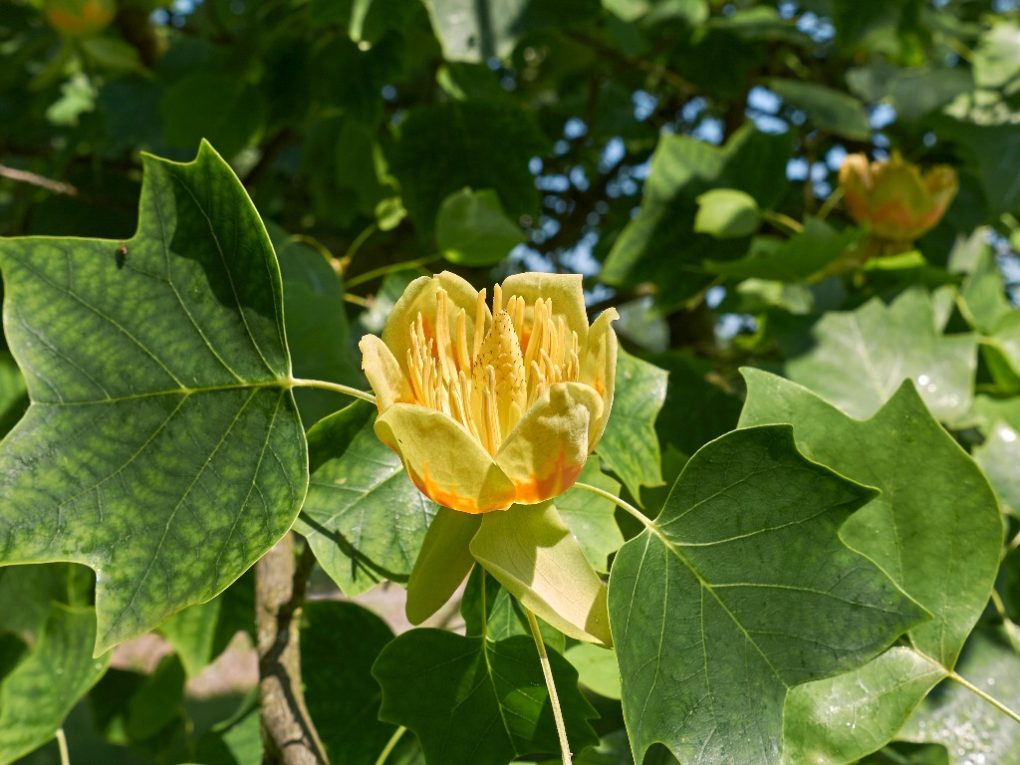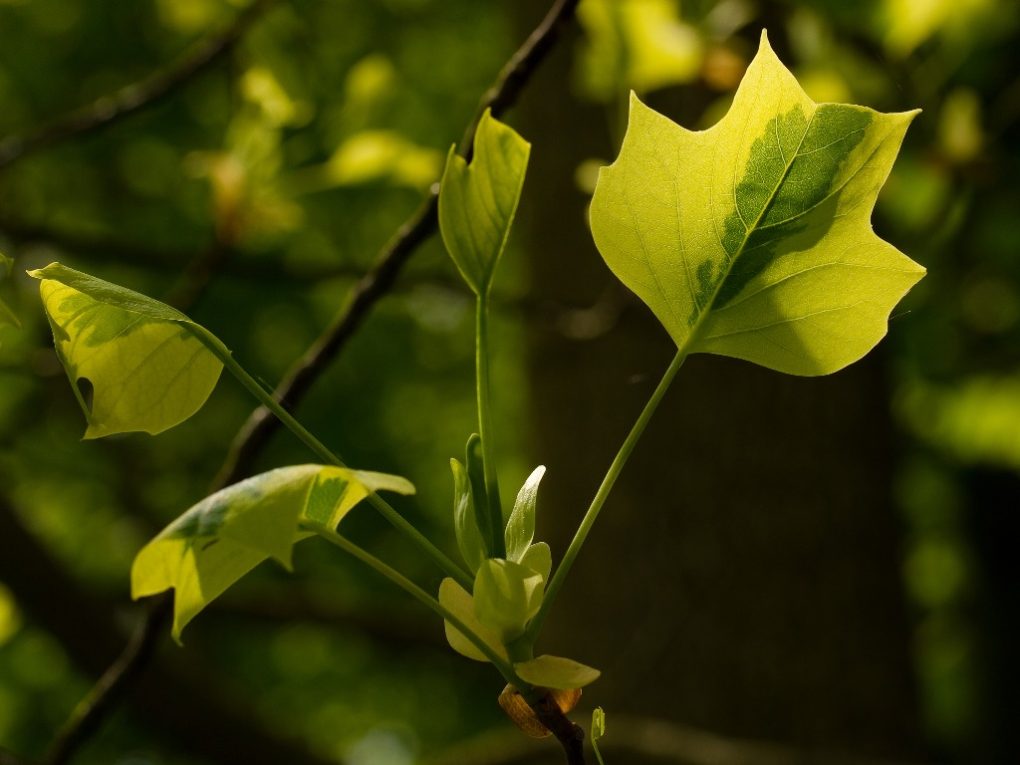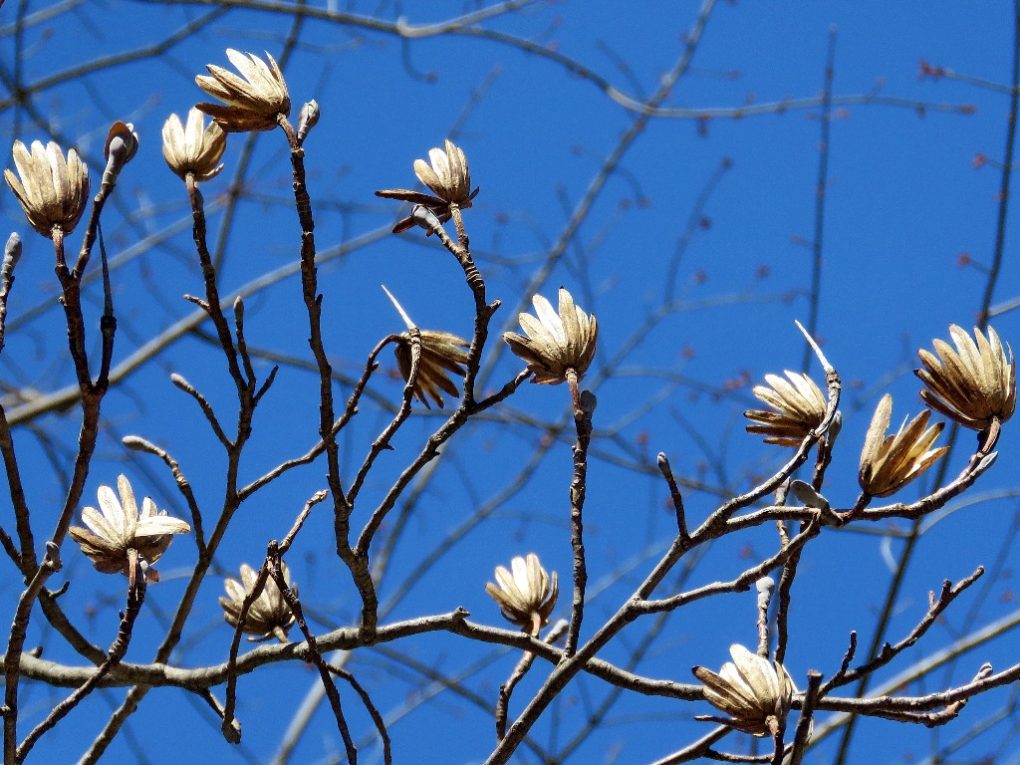Are Tulip Poplars Invasive: A Comprehensive Analysis
No, tulip poplars (Liriodendron tulipifera) are not considered invasive in their native range, which includes much of eastern North America. They are fast-growing deciduous trees valued for their attractive foliage, flowers, and wood. Tulip poplars are commonly planted as ornamental trees and used in forestry for timber production.

Tulip poplars are popular among homeowners and landscapers due to their striking beauty and fast growth rate. However, many people wonder if tulip poplars are invasive and if they pose a threat to their yards or the surrounding environment.
Native to the eastern United States, tulip poplars are not considered invasive in their native range. However, they have been known to escape cultivation and naturalize in other parts of the world, including Europe and Asia. In some areas, tulip poplars have become invasive and are now considered a threat to native ecosystems.
Table of Contents
Tulip Poplars
Tulip poplars, also known as tulip trees or yellow poplars, are large deciduous trees native to the eastern United States and southern Ontario. They are known for their tall, straight trunks and tulip-shaped flowers that bloom in the spring. The trees can grow up to 100 feet tall and spread 30 to 50 feet.
The leaves of the tulip poplar are bright green and have four lobes, according to the U.S. National Park Service. They turn yellow in the fall before dropping from the tree. The flowers are yellow-green with orange markings and are pollinated by bees and hummingbirds. The tree’s fruit is a cone-shaped aggregate of samaras, winged seeds dispersed by wind.

Tulip poplars are valued for their wood, which is light, soft, and easily worked. It is used for furniture, plywood, boats, veneer, paper pulp, and general lumber. I have a guitar made from tulip poplars since its wood has also been used to make musical instruments and toys.
Tulip Poplars as Invasive Species
Invasive populations of tulip poplars have been reported in parts of Europe, Asia, and Australia, where they can outcompete native vegetation and alter the natural ecosystem. In these areas, tulip poplars may spread quickly and become dominant, negatively impacting biodiversity.
Tulip poplars are adaptable to various soil types and growing conditions, making them particularly suited to invading new areas. They also produce large amounts of seeds that can be dispersed over long distances by wind, making it easy for them to spread rapidly.
While tulip poplars are not typically considered a major invasive species, they should be monitored in areas where they are planted or have been introduced, particularly in regions with a different climate or environment than their native range, to prevent potential negative impacts on local ecosystems.
Impact of Tulip Poplars on Native Ecosystems
Negative Impact
- Competition with native vegetation: Tulip poplars are fast-growing trees that can form dense stands and outcompete native vegetation for water, nutrients, and light resources. This can reduce biodiversity and alter the structure and function of the ecosystem.
- Alteration of soil nutrient levels: Tulip poplars can alter soil nutrient levels by rapidly taking up and cycling large amounts of nutrients. This can lead to changes in soil chemistry that may affect the growth and survival of other plant species.
- Changes in hydrology: Tulip poplars can also alter water flow and affect the hydrology of surrounding ecosystems, particularly in wetland and riparian areas. This can impact aquatic systems and other plant and animal species that rely on specific hydrological conditions.
- Reduction in wildlife habitat: Tulip poplars may not provide the same type or amount of habitat for wildlife as native vegetation. In areas where tulip poplars have displaced native vegetation, the resulting ecosystem may not support the same diversity of wildlife as before.
Positive Impact
- Habitat for wildlife: Tulip poplars are an important component of the forest ecosystem and can provide habitat and food for various wildlife species. They are particularly important for bird species, which use them for nesting and foraging.
- Carbon sequestration: Like all trees, tulip poplars absorb carbon dioxide from the atmosphere and store it in their biomass, helping to mitigate climate change.
- Soil stabilization: Tulip poplars have a deep root system to help stabilize soil and prevent erosion, particularly in steep slopes or unstable soils.
- Timber production: Tulip poplars are a valuable timber species and are commonly used for a variety of wood products, including furniture, flooring, and paper.
- Aesthetic value: Tulip poplars are prized for their attractive foliage, flowers, and overall form and are commonly planted as ornamental trees in parks and gardens.

Management and Control of Tulip Poplars
Preventive Measures
Tulip poplars are not considered invasive but can become weedy in certain situations. To prevent them from spreading, it is important to avoid planting them near natural areas or waterways where they can escape cultivation. Regular monitoring of any tulip poplars on your property can also help catch any potential spread early on.
Mechanical Control
Mechanical control methods can be effective if tulip poplars are unwanted in a particular area. Hand-pulling small seedlings or saplings can be done easily, especially in moist soil. Cutting them down and removing the stump for larger trees can prevent regrowth. However, this method can be time-consuming and costly.
Chemical Control
Herbicides can control tulip poplars, but care should be taken to avoid harming desirable plants. Glyphosate, triclopyr, and imazapyr are commonly used herbicides for controlling trees. Cut stump treatment is also effective, where the cut stump is treated with an herbicide to prevent regrowth. However, herbicides should be used judiciously and follow the label instructions.
While tulip poplars are not invasive, they can become weedy in certain situations. Preventive measures such as avoiding planting them near natural areas or waterways can help prevent spread. Mechanical control methods such as hand-pulling, cutting down, and removing the stump can be effective for small or large trees. Herbicides can also be used but should be used judiciously and following label instructions.
